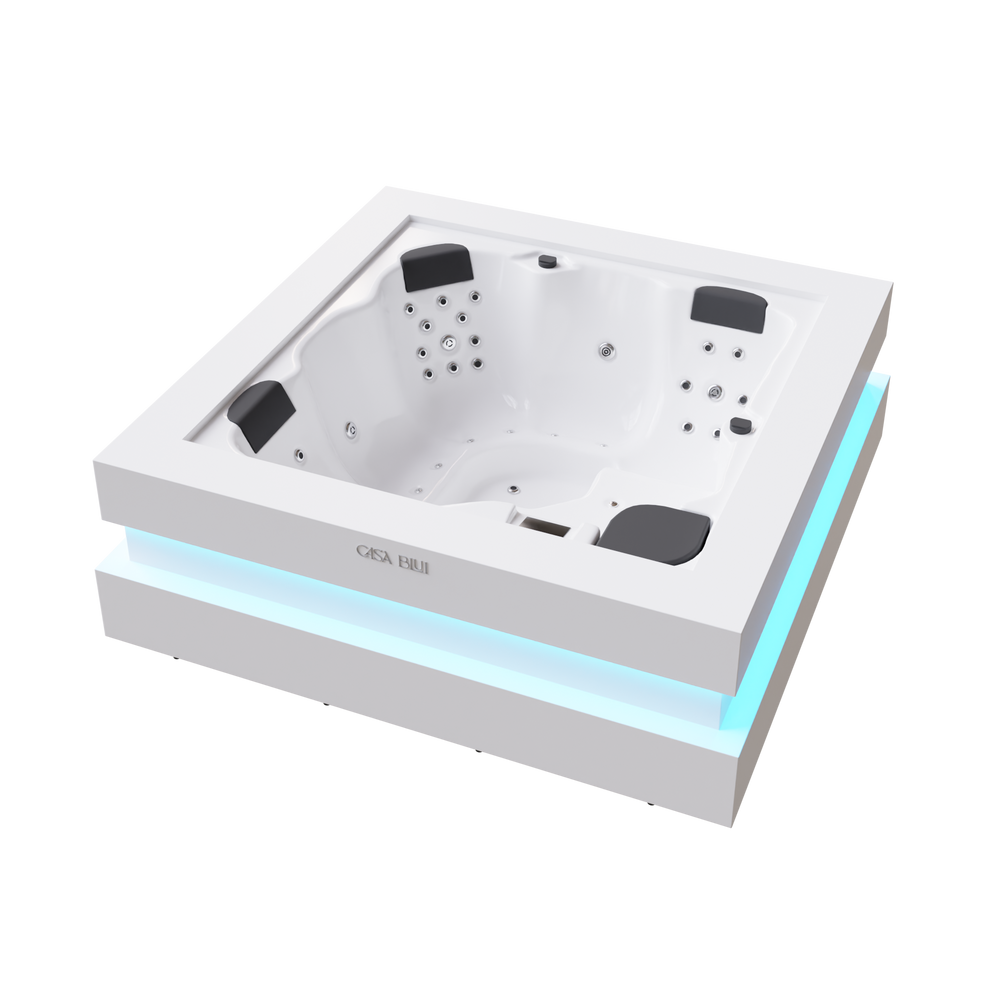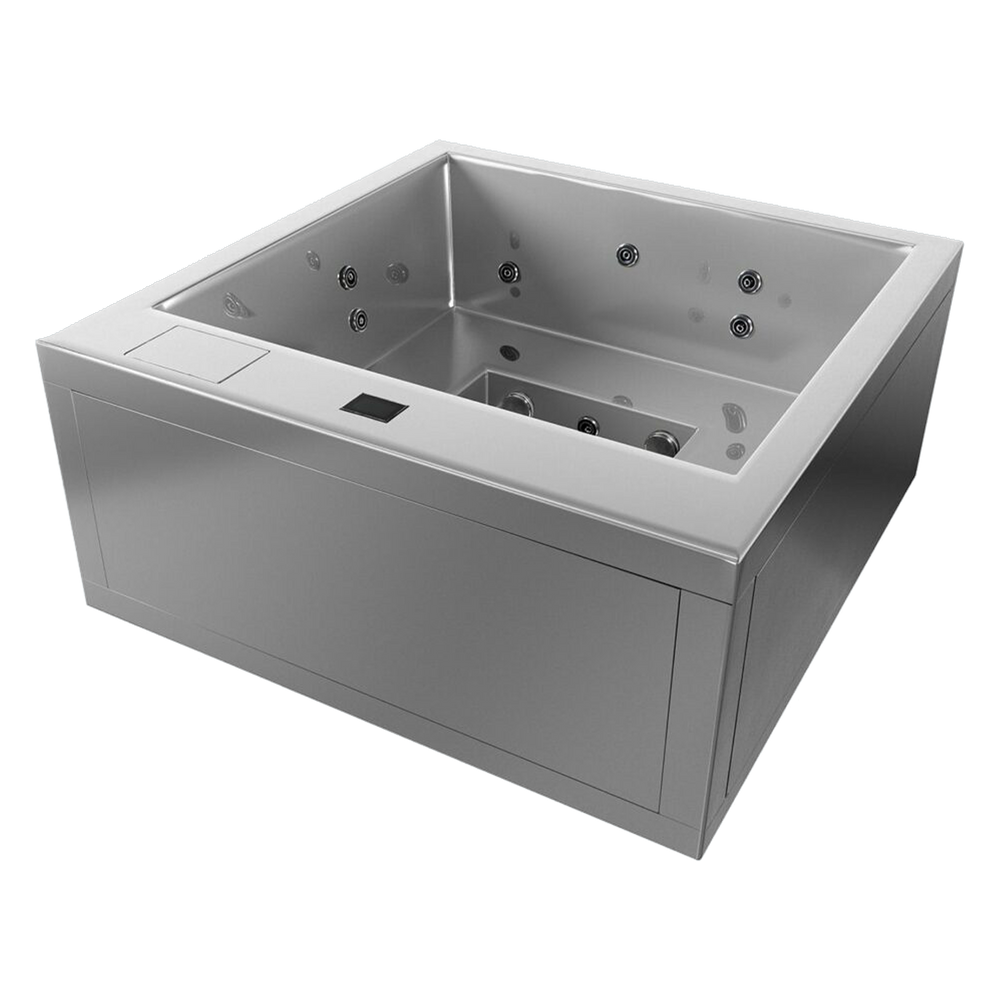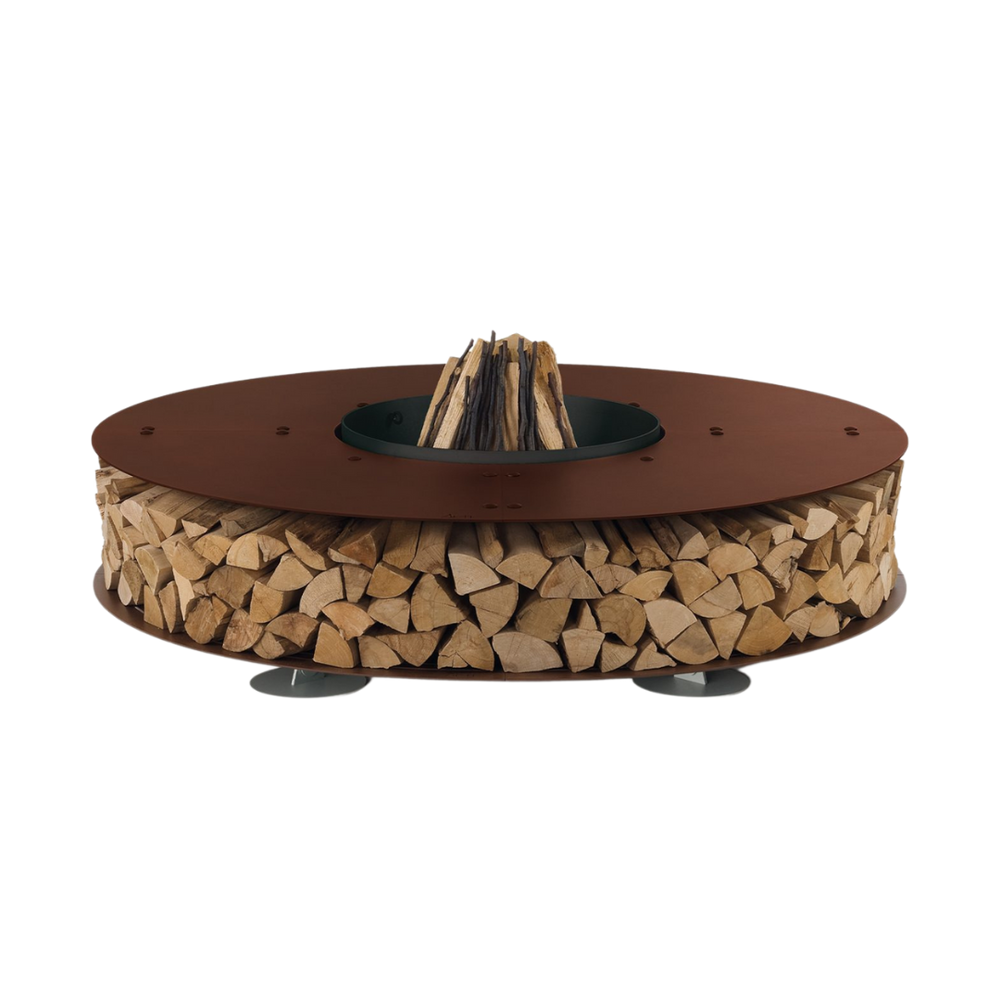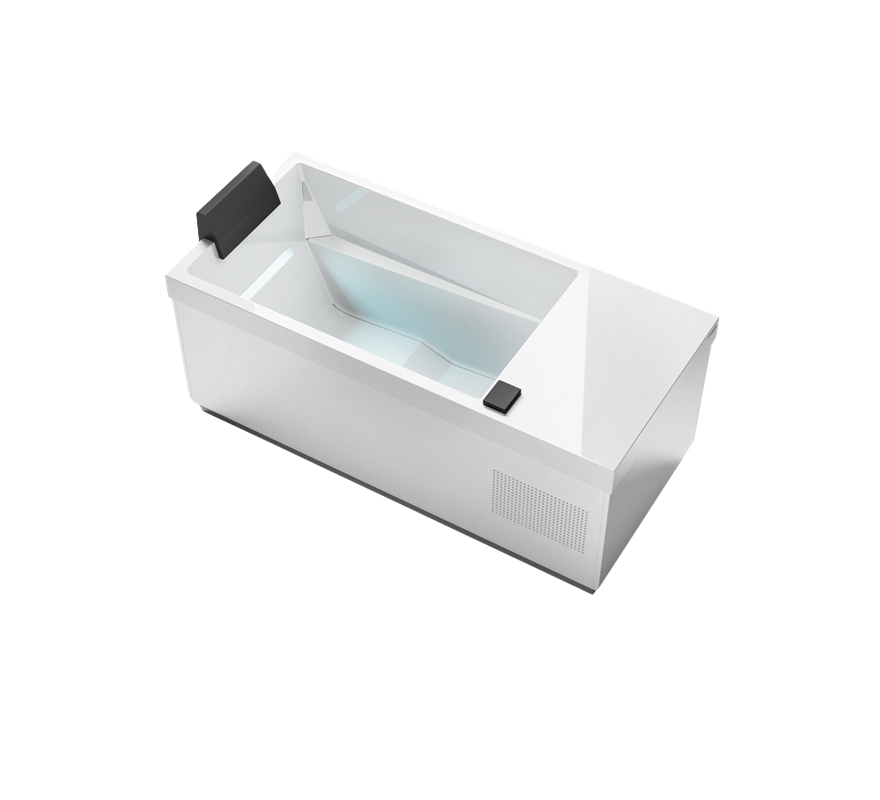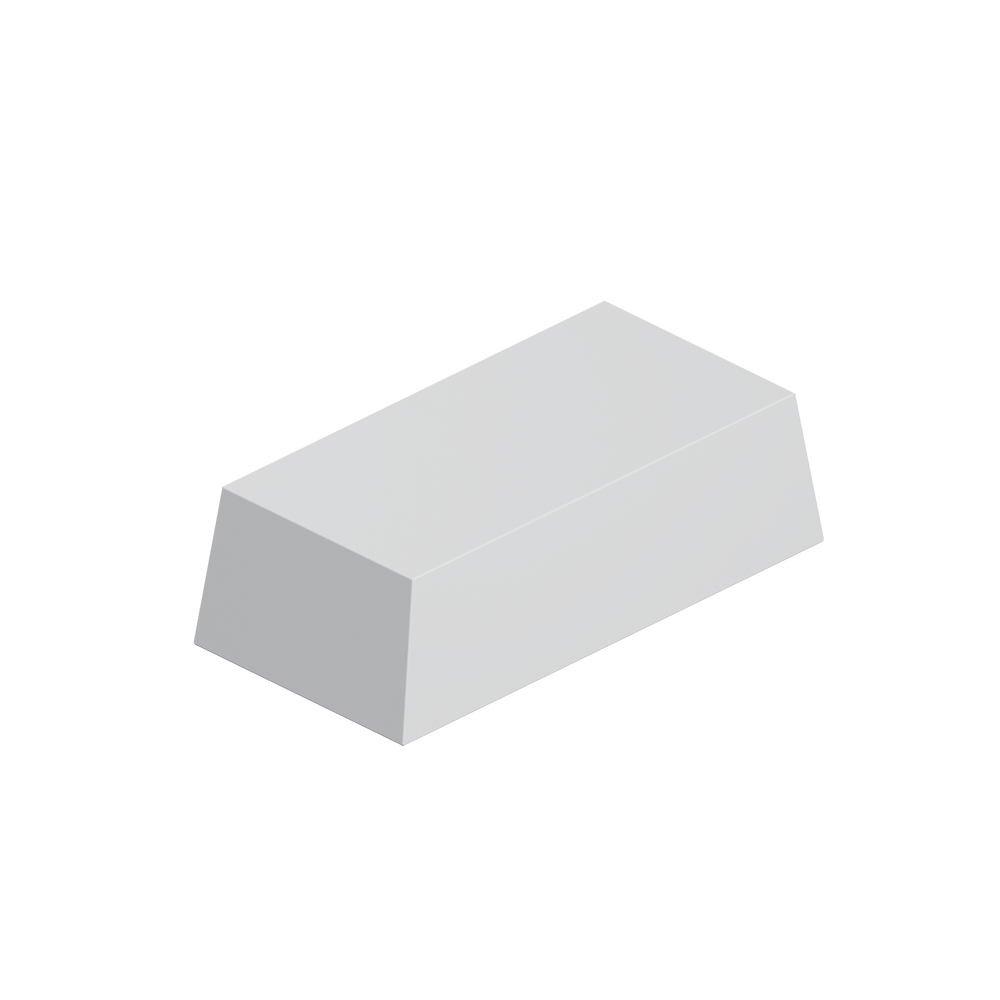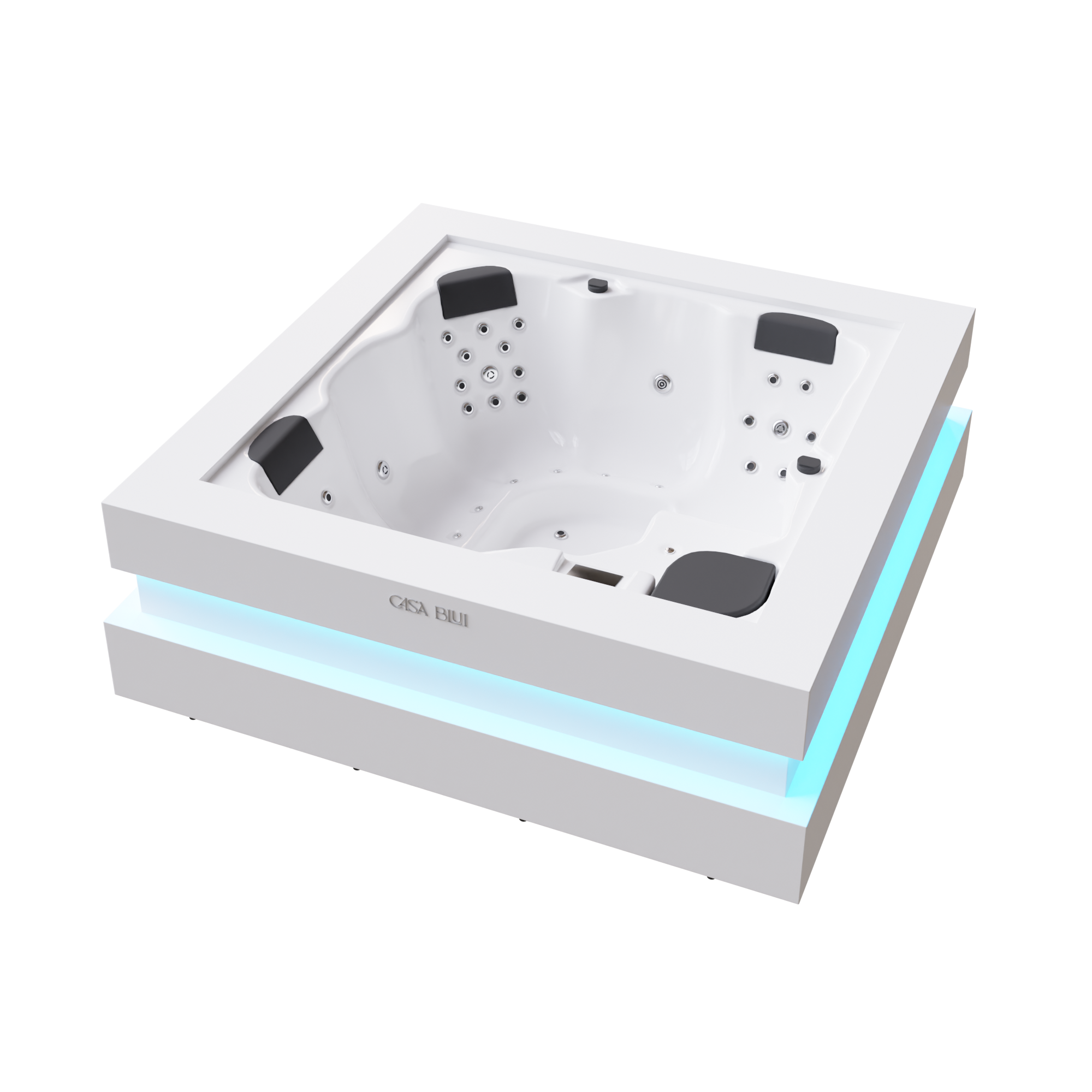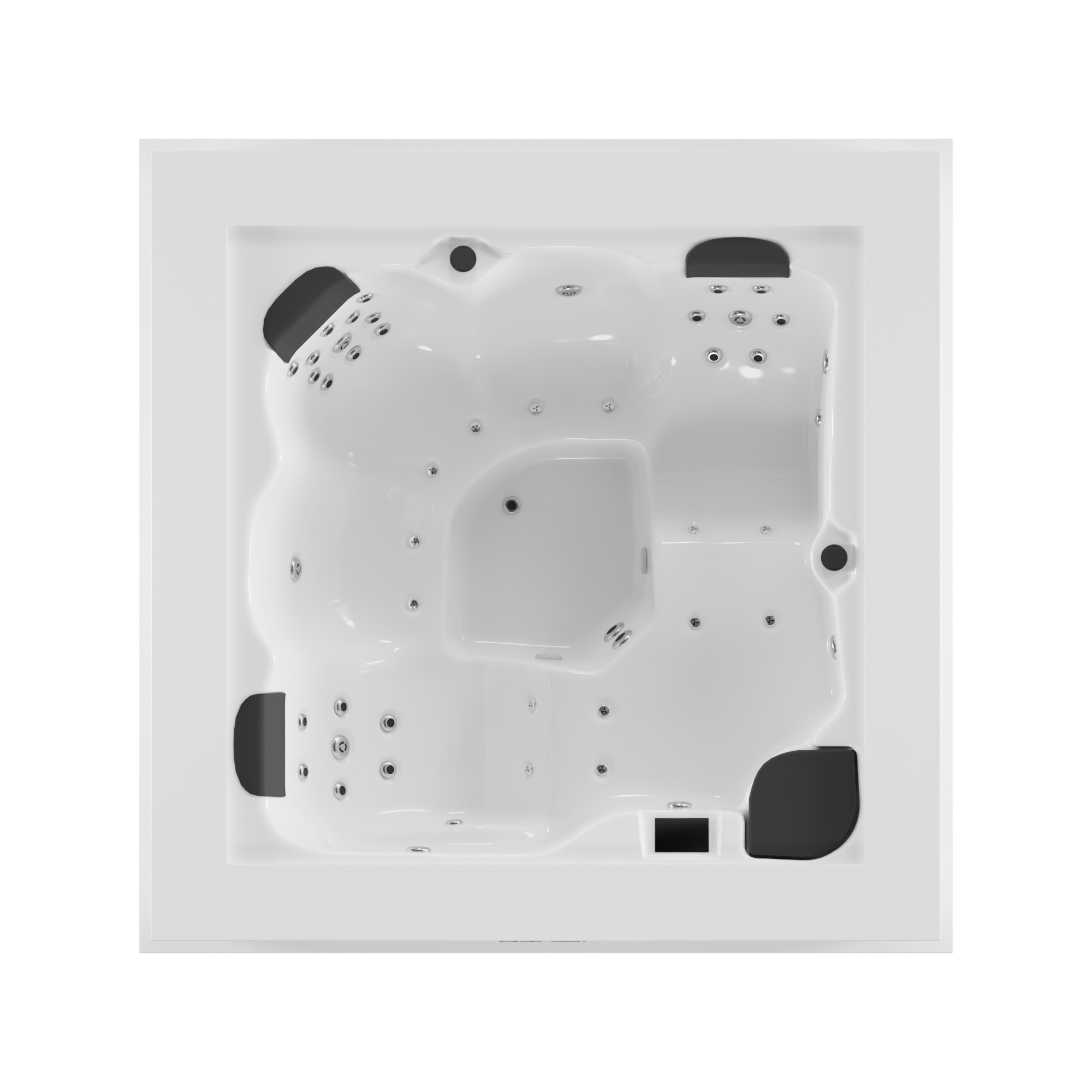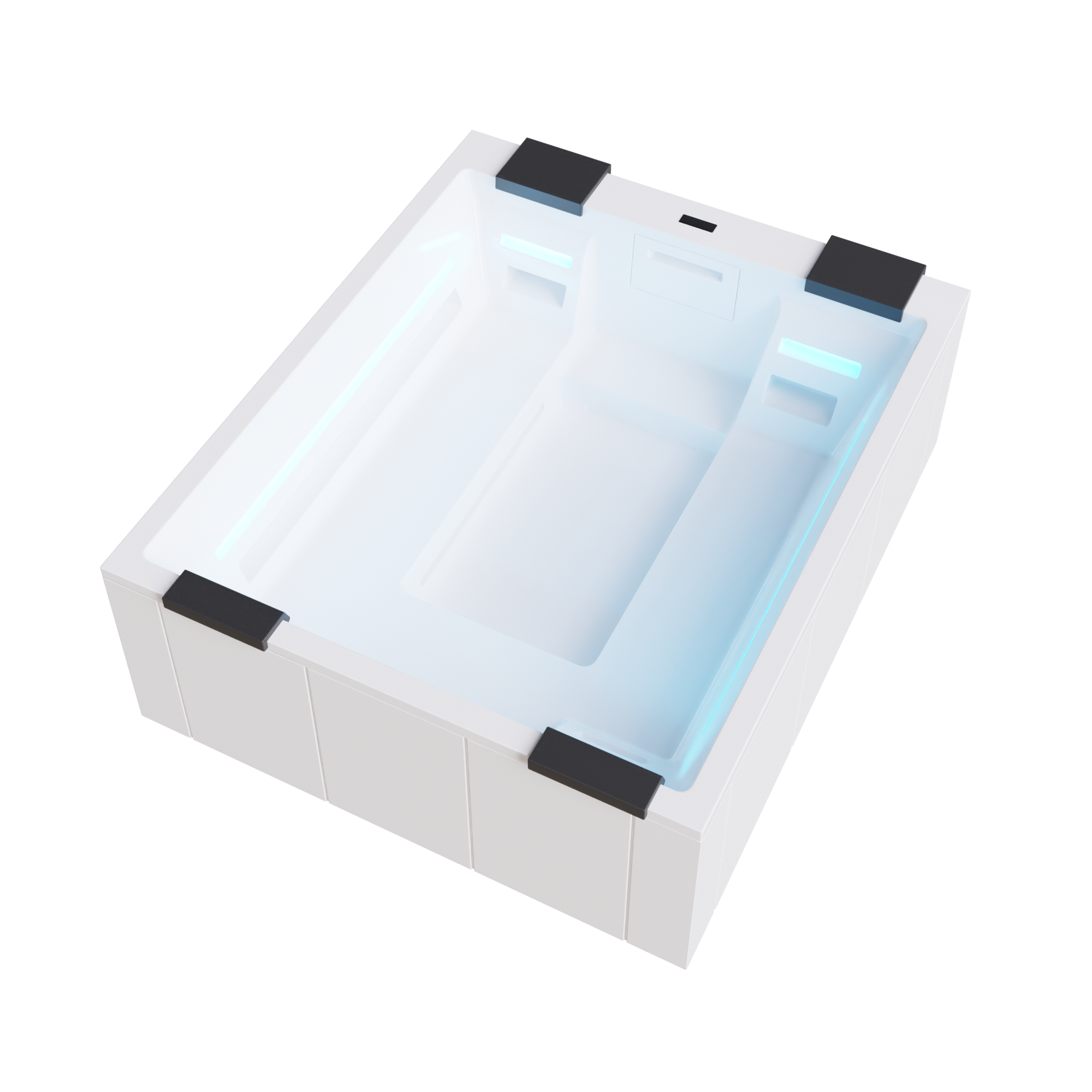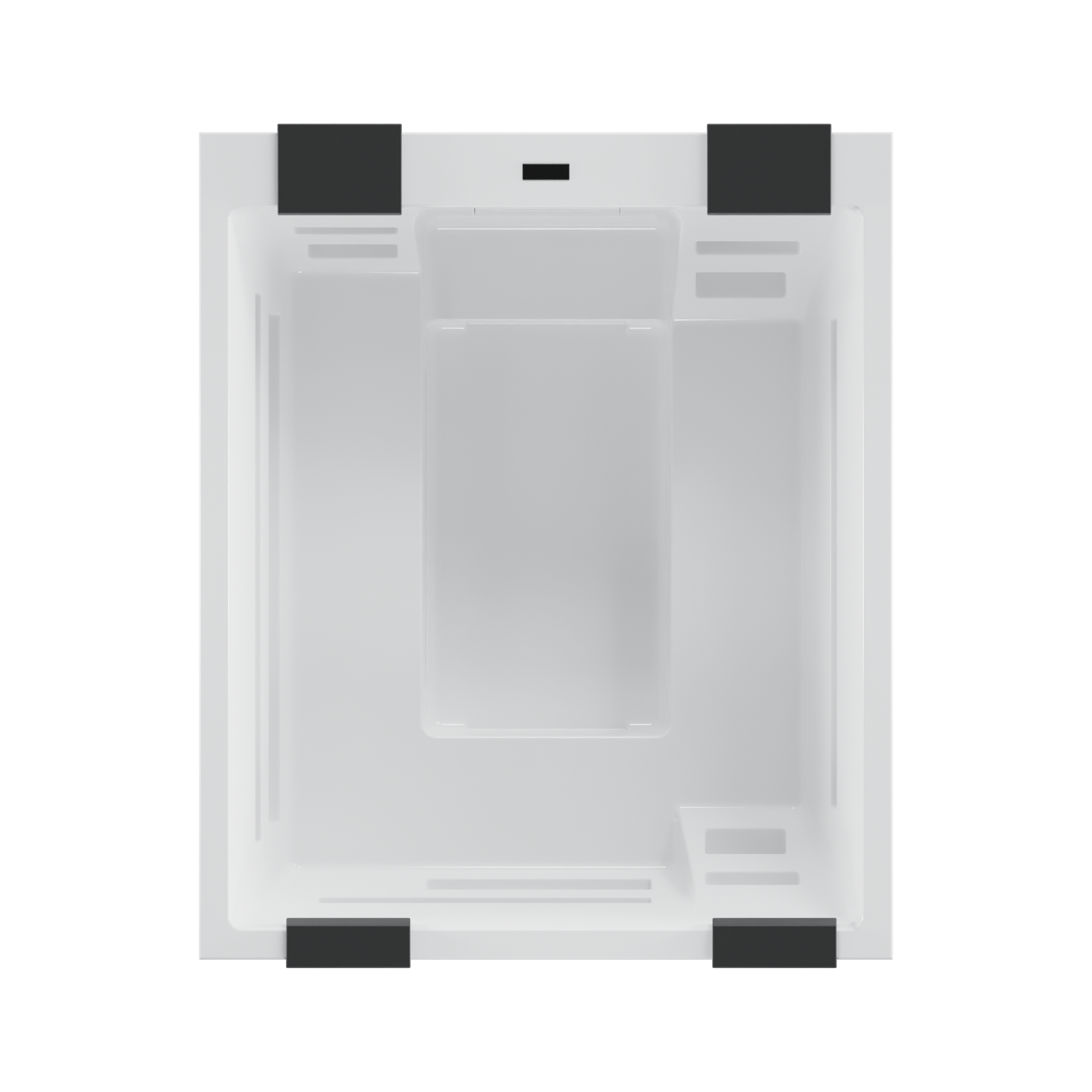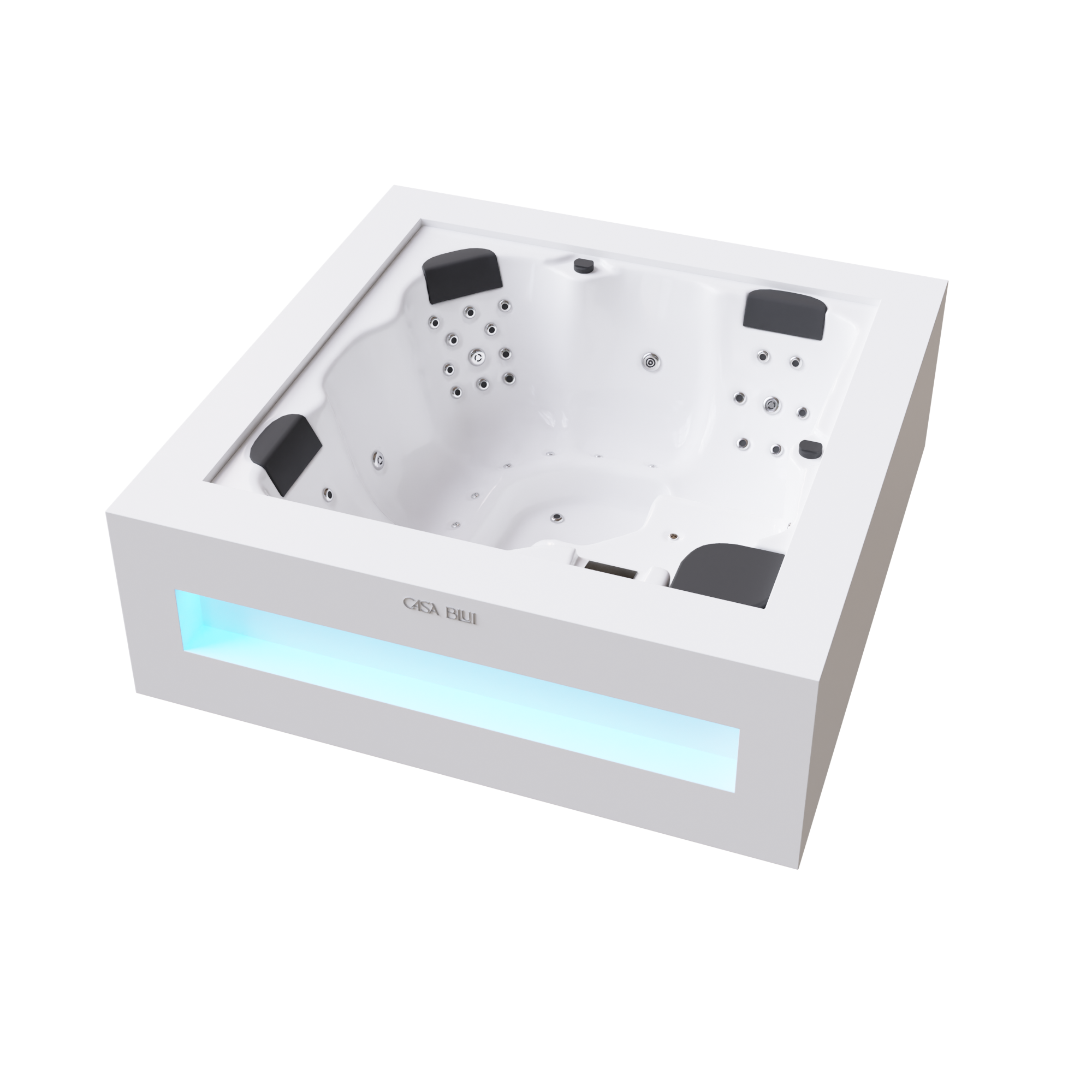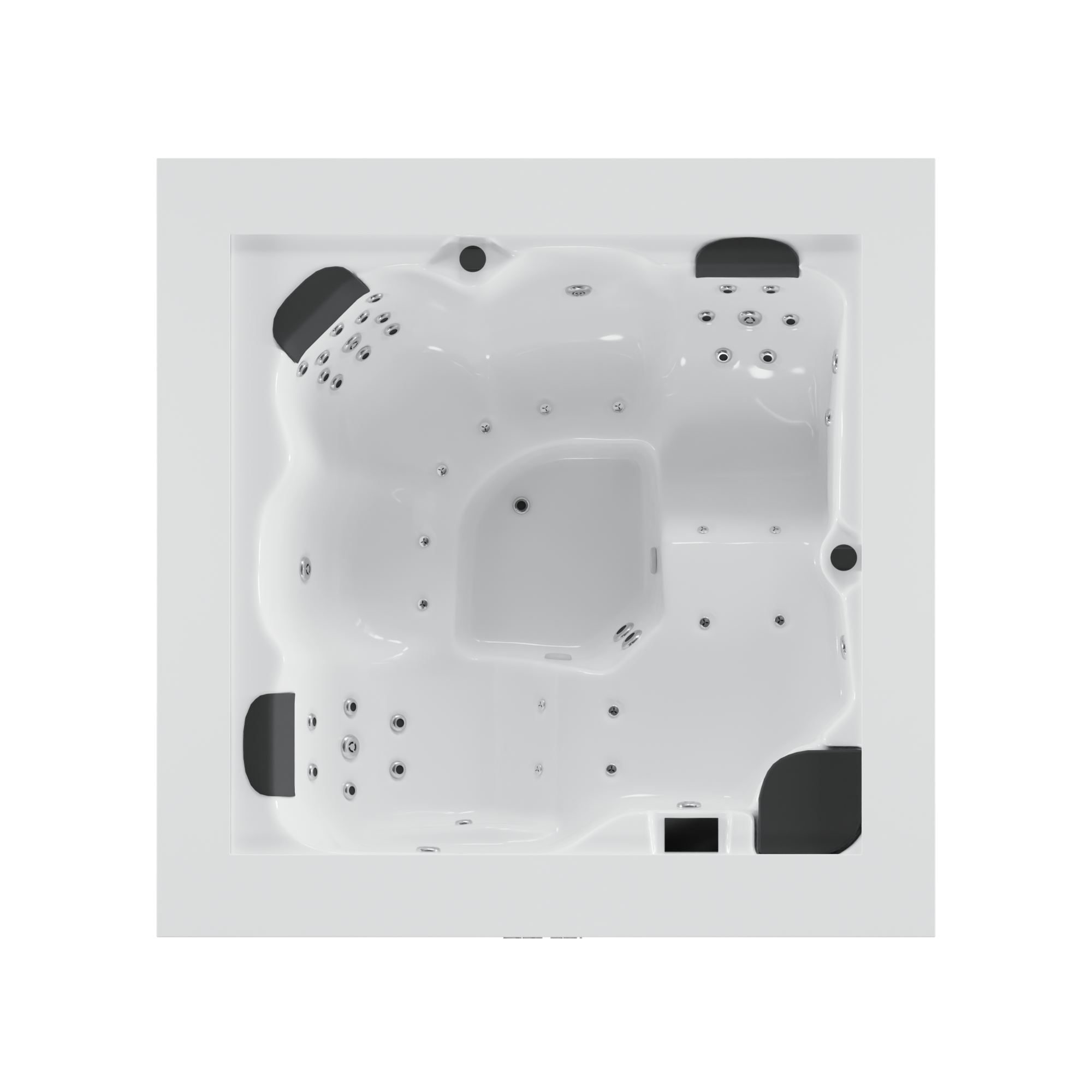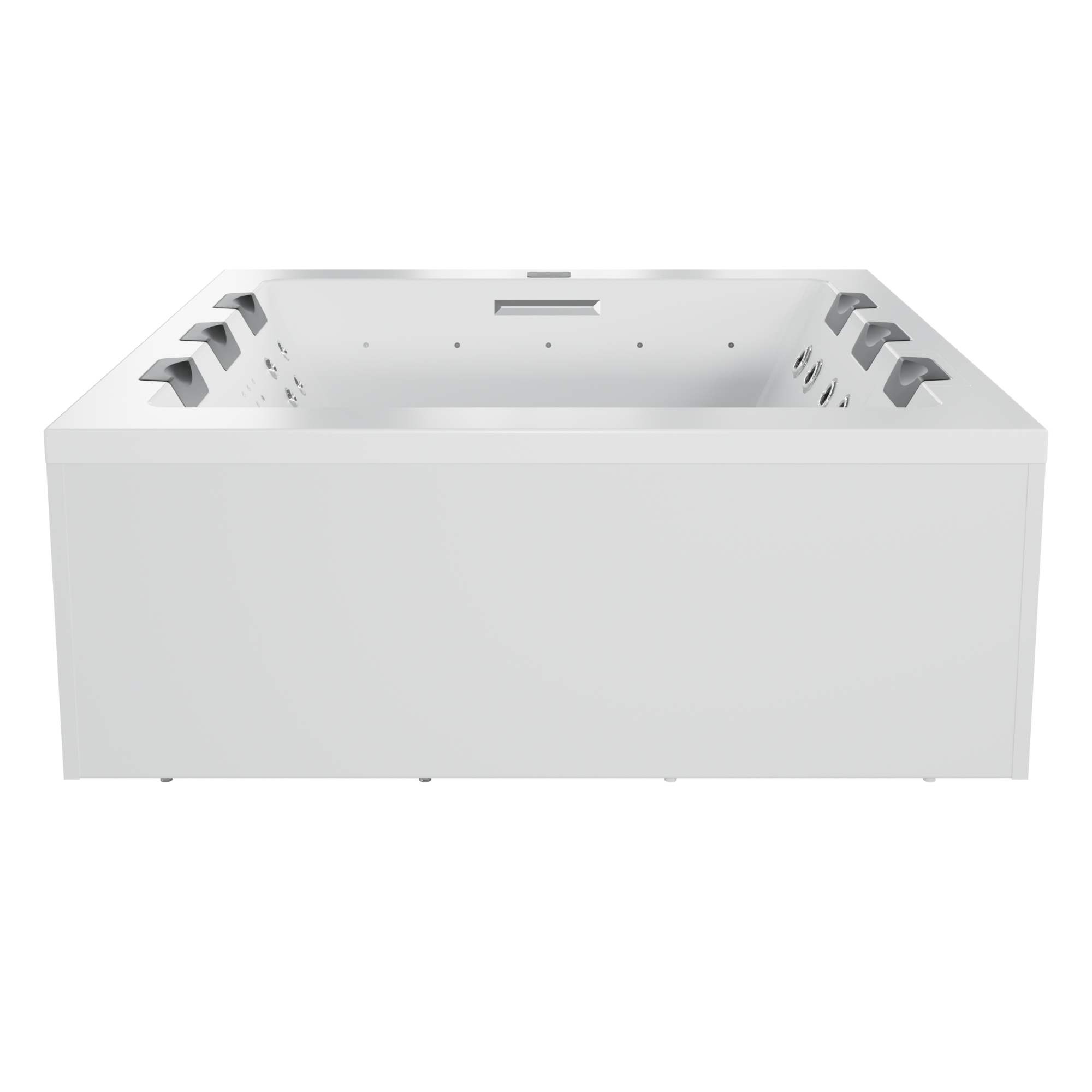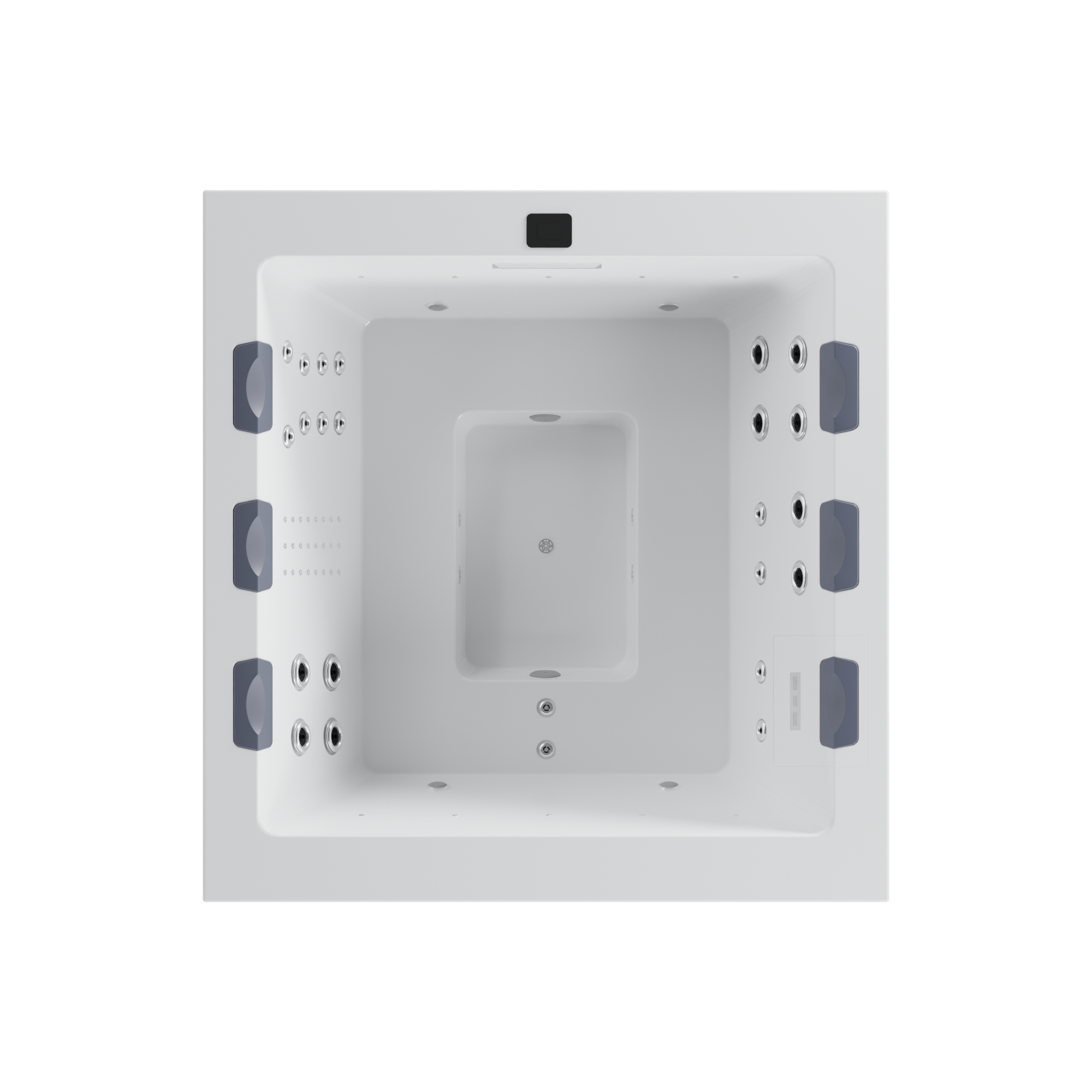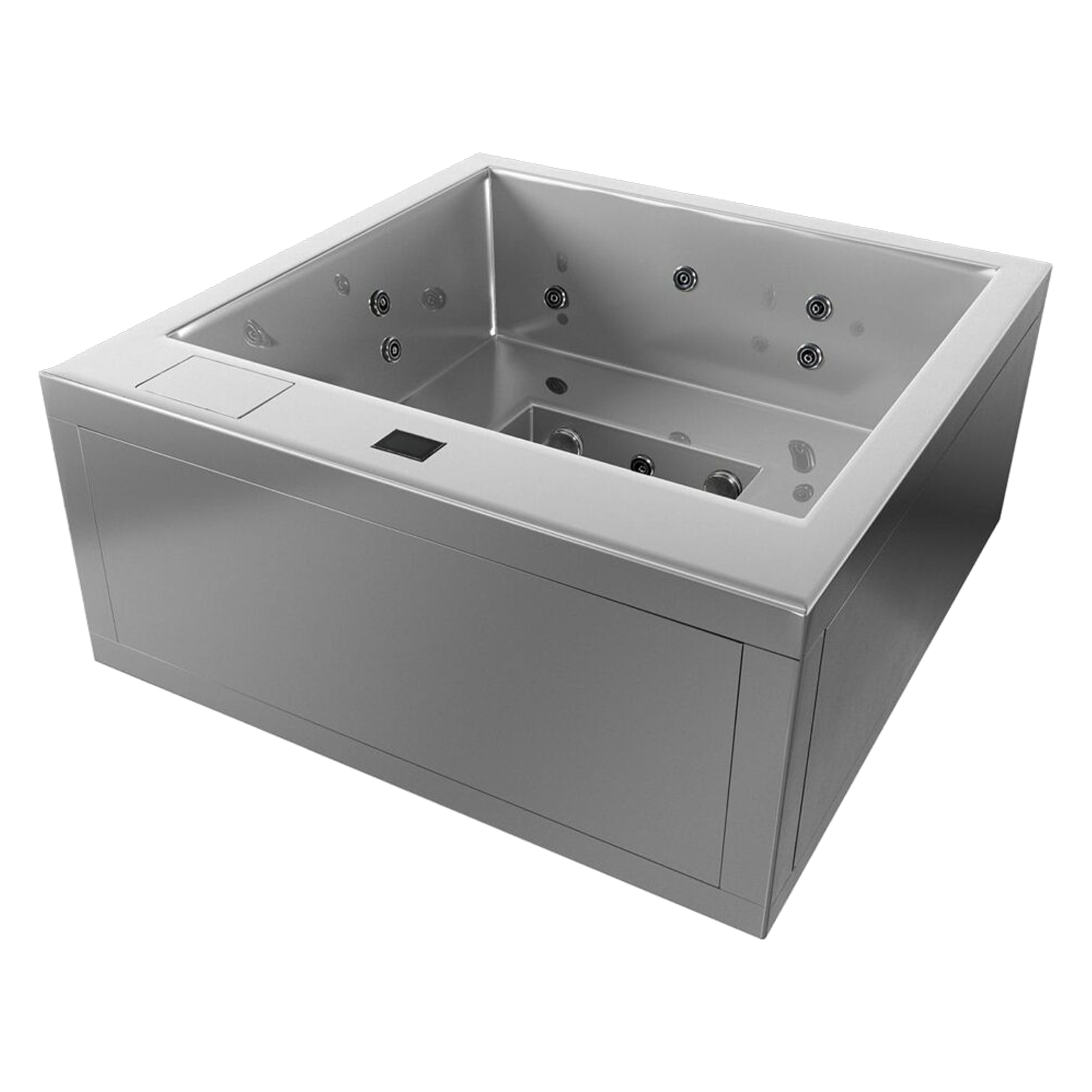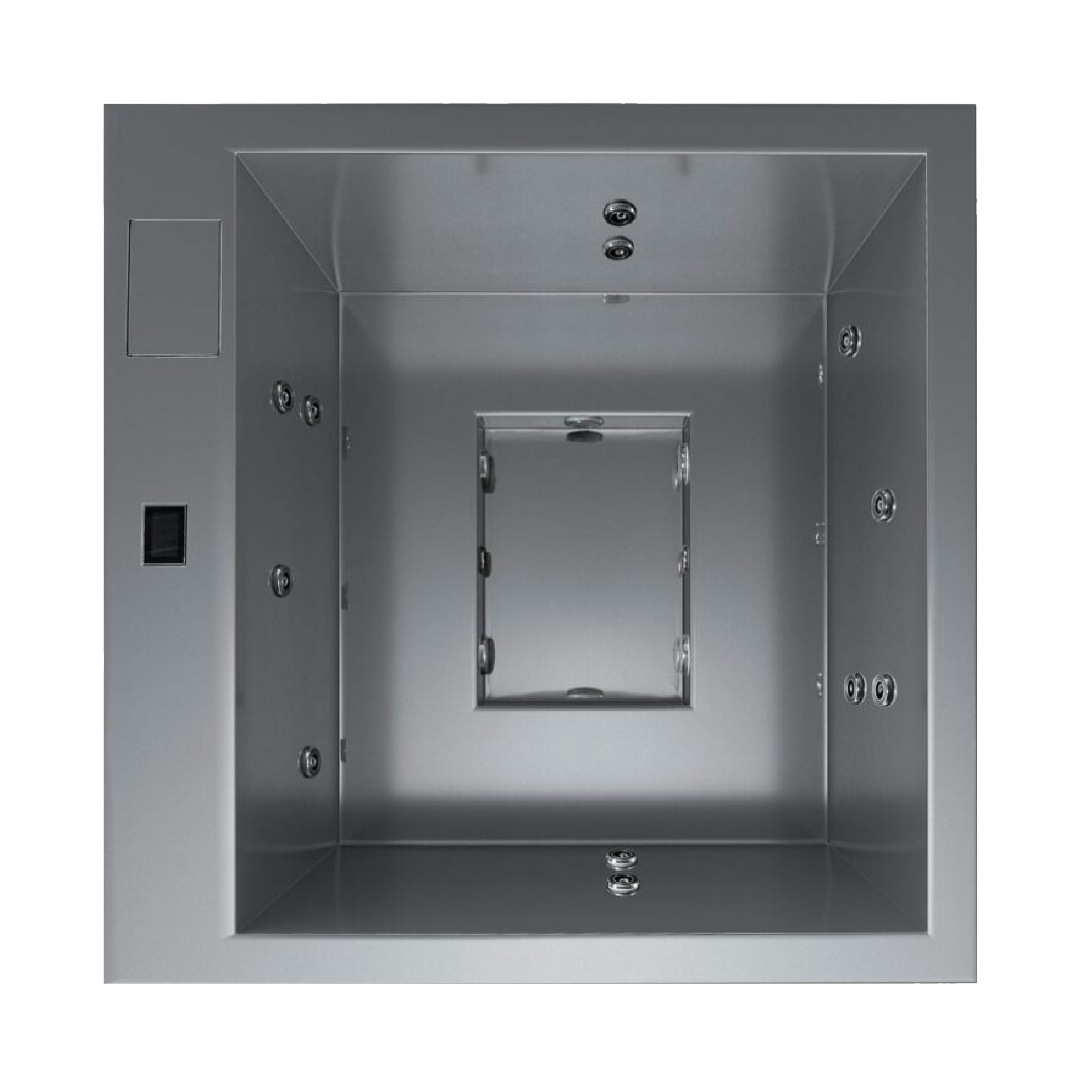Casa Blui Blog
How Much Power Does a Spa Use? All About Home Spa Energy Consumption
By andrei newman
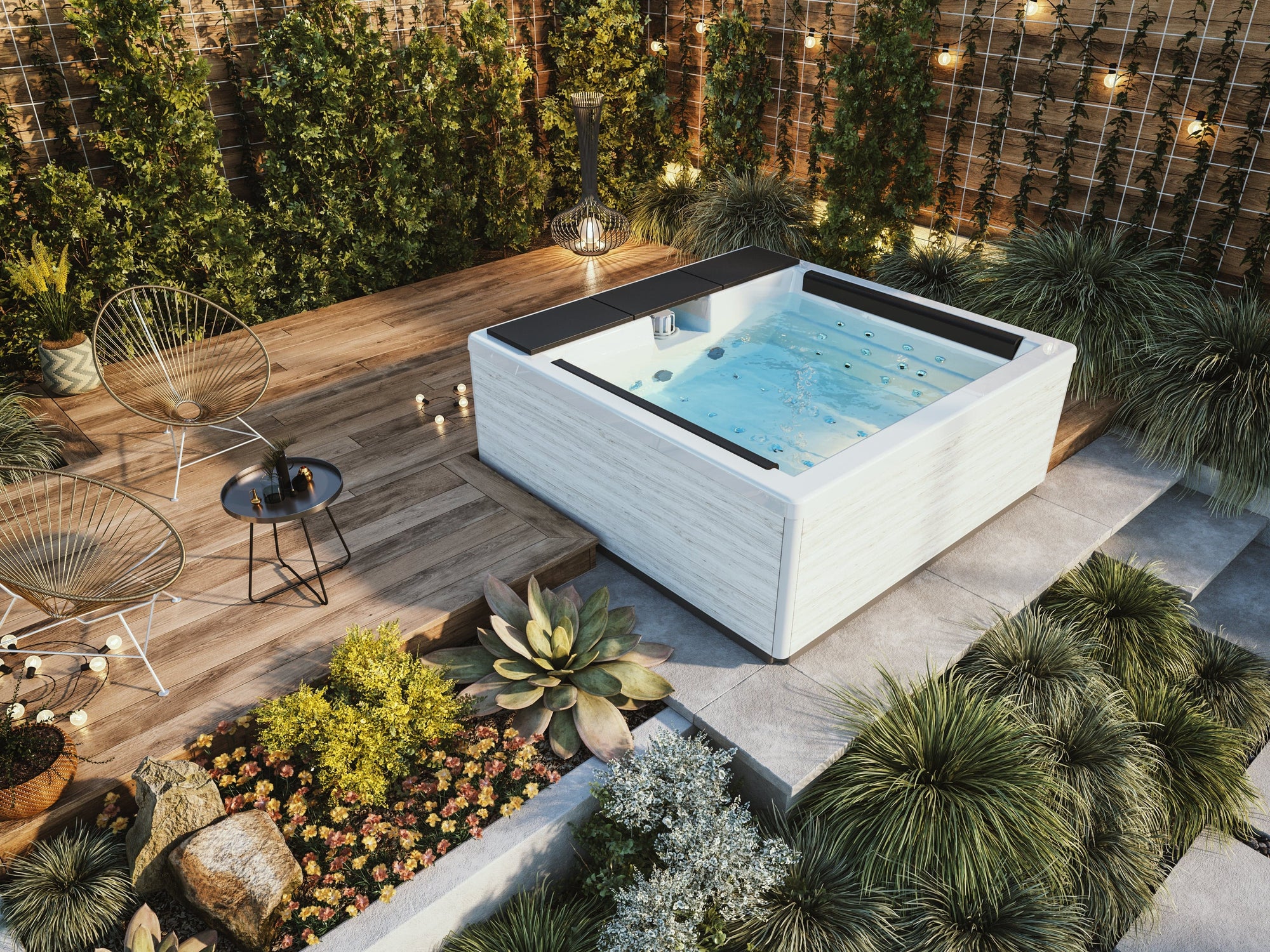
Welcome to our comprehensive guide on home spa energy consumption and the associated long-term costs. Suppose you're considering adding a high-end home spa to your property. In that case, it's essential to understand how it can impact your energy bill and overall expenses.
To be thorough, this might include researching the financial implications of owning a home spa, exploring energy-efficient options, and looking at U.S. energy conservation standards. Fortunately, we've already done all the work for you. Let's look at the factors impacting your home spa's energy bill and how to minimize that power usage.
How Much Will a Home Spa Affect My Energy Bill?
When considering the addition of a spa to your Airbnb property or personal residence, one of the main concerns for homeowners is how it will impact their energy bill. Once you've installed the home spa, heating, and filtration are the two main contributors to energy costs.
Heating
Heating the water in your spa requires energy, and the amount of energy it consumes will depend on your desired water temperature, the spa's insulation quality, and the ambient temperature of your environment. Whether your spa uses a gas or electric heater will also influence energy usage. Generally, spas are designed to maintain a constant temperature, which means the heating system will run periodically to keep the water warm.
Filtration
Proper filtration is essential for maintaining your spa's water quality and cleanliness. Most spas have a filtration system that runs periodically to remove any debris or contaminants from the water. The frequency and duration of these filtration cycles can vary depending on the model and how often you use the spa.
Operational Costs by Region
Energy prices can vary significantly across different regions in the United States. Hence, it's essential to consider the specific energy rates in your area.
Contact your local utility provider or visit their website for accurate information about electricity costs per kilowatt-hour (kWh). This will allow you to estimate your home spa's energy consumption more accurately.
U.S. Energy Conservation Standards
The U.S. Department of Energy sets standards for energy efficiency to promote environmentally friendly practices and reduce energy consumption. These apply to various appliances and equipment, including home spas, and manufacturers must comply to ensure their products meet specific energy-efficiency criteria. For home spas, the DOE regulations primarily focus on the energy efficiency of the heating and pumping systems.
Estimating Your Home Spa's Annual Average Energy Use
You can measure a home spa's annual energy use in kilowatt-hours (kWh), representing the total energy it consumes over a year. The steps below walk you through estimating how much a home spa might increase your power bill.
- Determine the total wattage of your home spa: For example, a 240-volt water heater will use about 6,000 watts. If your circulation pump uses about 1,500 watts, your home spa's total wattage would be 7,500.
- Convert the wattage to kilowatts: 7,500 watts divided by 1,000 equals 7.5 kW.
- Estimate how many hours per month you'll use your home spa: Pretend this figure is 30 hours.
- Determine the kilowatt-hours: Multiply 7.5 kW by 30 monthly hours. This equals 225 kWh per month.
- Find your cost per kilowatt-hour: Check with your local electrical company. Let's assume an average price of $0.20 per hour.
- Find your monthly cost: Multiply 225 kWh per month by the kilowatt-hour cost of $0.20. This equals $45.00 in power per month.
- Find your annual cost: Multiply your monthly cost of $45.00 by 12 for the number of months in a year. This equals $540.00 in power per year.
In the example above, these calculations help you estimate that by installing a particular home spa, your power bill would increase by $45.00 monthly or about $540.00 annually.
Remember, individual energy consumption may vary depending on your personal preferences, climate conditions, maintenance practices, the size of the spa, its insulation quality, the heating system efficiency, and usage patterns. By comparing different models and their energy efficiency ratings, you can decide to minimize your energy consumption and, ideally, reduce your long-term costs.
Energy-Efficient Features for Home Spas
Manufacturers are increasingly incorporating energy-saving technologies into their spa designs. These eco-friendly features can help reduce long-term energy costs, minimize environmental impact, and save you significant money over time.
- Energy-efficient insulation: Minimizing heat loss reduces the need for frequent heating cycles. Foam-filled cabinets, insulated covers, and thermal barriers can all help to retain heat.
- Efficient heating systems: Some spas employ heat recovery systems that capture waste heat from the equipment and use it to warm the water.
- Programmable timers & smart controls: These features allow you to set specific operating schedules for your spa, ensuring that it runs only when necessary.
- LED lighting: Compared to traditional incandescent lighting, LED lights consume significantly less energy and have a longer lifespan, meaning you don't have to replace the bulbs as frequently.
- Energy-efficient pumps: Variable-speed pumps allow you to adjust the pump speed based on your needs, reducing energy consumption compared to fixed-speed pumps.
- Energy-efficient filtration systems: Some systems utilize advanced filter media and automated cleaning cycles to optimize water quality while minimizing energy usage.
Tips for Improving the Energy Efficiency of Your Home Spa
In addition to choosing energy-efficient equipment, you can follow several other tips to enhance the energy efficiency of your home spa and minimize its impact on your energy bill.
- Use proper insulation. Well-insulated spas can retain heat more efficiently, reducing the frequency of heating cycles and minimizing energy waste.
- Optimize your heating settings. Consider lowering the temperature slightly instead of using an excessively high temperature. Even a slight decrease can result in substantial energy savings over time.
- Use a high-quality spa cover. Keep the spa cover in place when it's not in use to minimize heat loss and evaporation. Inspect your cover regularly for any damage or wear and replace it if necessary.
- Maintain the proper water chemistry. Balanced water chemistry ensures that the filtration and heating systems operate optimally, reducing energy consumption. Regularly test and adjust the water chemistry according to the manufacturer's recommendations.
- Practice water conservation. Minimizing water changes and reducing evaporation can minimize the energy required for heating and maintaining water levels. Repair any leaks promptly.
- Perform regular maintenance & cleaning. Regularly clean the filters, remove debris, and ensure proper water circulation. A well-maintained spa operates more efficiently and consumes less energy.
Energy Efficiency & Environmental Impact
Energy efficiency affects your energy bill and directly impacts the environment. Home spa energy consumption contributes to greenhouse gas emissions, primarily through the spa's electricity for heating, filtration, and other operational needs. Broadly, these emissions contribute to climate change and environmental degradation. Here are some ways to reduce the environmental impact of your home spa:
- Opt for an energy-efficient spa model that meets or exceeds the DOE's energy conservation standards. Look for spas with high energy efficiency ratings and features like programmable timers and efficient heating systems.
- Consider powering your home spa with renewable energy sources such as solar or wind power. Installing solar panels or subscribing to a green energy program can help offset the carbon emissions associated with your spa's energy consumption.
- Utilize smart control systems and timers to optimize energy usage. Program your spa to operate during off-peak hours or when renewable energy sources are most abundant.
- Conserve water to reduce the energy required for heating and maintaining water levels. Practice efficient water management, such as minimizing water changes and repairing leaks promptly.
- Recycle or dispose of your old spa properly, according to local regulations, to minimize the environmental impact.
- Consider participating in carbon offset programs to compensate for the carbon emissions associated with your home spa. These programs support projects that reduce greenhouse gas emissions, such as renewable energy projects or reforestation initiatives.
Frequently Asked Questions
Does having a hot tub raise your electric bill?
A hot tub or home spa will increase your electric bill. The increase will depend on factors such as the size of the spa, its insulation quality, its heating system efficiency, and how often you use it.
How much power does a spa use?
Spas' power consumption can vary. Still, you can calculate your monthly kilowatt-hours by determining your home spa's wattage and converting this figure to kilowatt-hours. Then, multiply the kilowatt-hours by the hours you use your spa each month to find your monthly kilowatt-hours.
Is it cheaper to leave a hot tub on all the time?
No, it is cheaper to always leave a hot tub or home spa on. It is more energy-efficient to use a programmable timer or smart control system to heat the spa only when necessary. By setting specific operating schedules, you can optimize its energy consumption and reduce unnecessary heating cycles, ultimately saving you money.
How can I reduce my home spa's energy consumption?
To reduce your home spa's energy consumption, ensure proper spa insulation, optimize your heating settings, and use programmable timers. Use a high-quality spa cover when you're not using the spa and maintain the correct water chemistry. Consider also investing in energy-efficient equipment and regularly maintaining and cleaning it. Finally, water conservation should be practiced by minimizing water changes and reducing evaporation.
What are the benefits of a home spa?
As a form of hydrotherapy, a home spa can promote relaxation, instantly reduce stress, and help you sleep better at night. The soothing properties of water can help calm the mind and alleviate anxiety, making it an excellent practice for those seeking mental and emotional well-being. Hydrotherapy can also improve your circulation and promote detoxification. The water exerts hydrostatic pressure, which helps to increase blood flow. This makes it an effective method for relieving muscle soreness and joint pain, among other discomforts.
